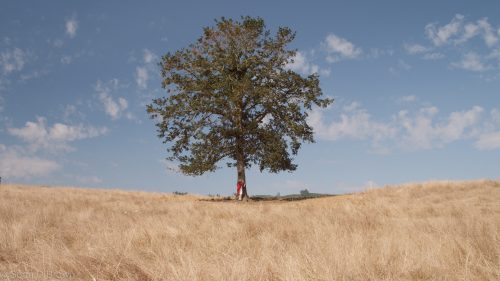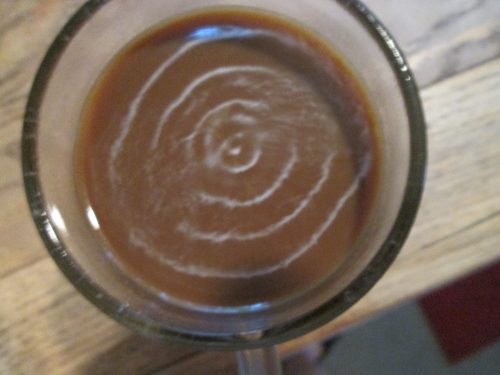“An honest man, armed with all the knowledge available to us now, could only state that in some sense, the origin of life appears at the moment to be almost a miracle, so many are the conditions which would have had to have been satisfied to get it going.”
― Francis Crick, Life Itself: Its Origin and Nature
Introduction
Here's a question preliminary to what evolution is all about: "How did life on earth begin some 3.6 billion years or more ago?"
And the answer would be: “We don’t really know.”
There are a variety of theories—one might better call them speculations—but until a model is produced that can be empirically verified, it will remain a mystery. I won’t explore this topic fully here—it would take a book—but links are given to articles that develop the various models.
The problem in establishing a theory of how life began is that the constituents of life are large, complicated molecules: DNA, RNA (nucleic acid chains), proteins (amino acid chains), membranes (phospholipid chains). So one not only has to wonder how the constituent molecules—nucleic acids, amino acids, phospholipids—were obtained from primitive chemicals in the early earth, but how these molecules were assembled into the complicated large, macromolecules that are the building blocks of cellular life.

There are various speculations—theories, if you will—about the origin of life on earth that are chemically based. I’ll summarize some of them below very briefly. For a more extended discussion, the Wikipedia article on abiogenesis* is a good starting point.
Chemical Models for Abiogenesis
In taking stock of these these theories, one should note that the atmosphere of the very early earth lacked oxygen (thus organic molecules then would not react and decompose) and was probably rich in two nitrogen containing molecules, HCN (cyanic acid) and NH3(ammonia), as building blocks for amino acids.
- Primordial Soup: the early oceans were warm and full of chemicals; these reacted after sufficient time to form the building blocks and then the long chains (improbable reactions, but remember there was a long time for the pot to cook);
- Electrical Synthesis: the building block molecules were formed by electrical discharge—lightning—acting on simple nitrogen containing molecules;
- Clay Template: the building block molecules and long chain molecules were formed by surface reactions on clay, which set structures and catalyzed the reaction;
- Undersea Hot Mineral Vents: hot undersea volcanic vents provided high temperatures to accelerate reactions, minerals to act as catalysts, and lots of inorganic and organic compounds as building blocks;
- Panspermia: the building block molecules came from outer space, either planted deliberately by aliens, or by chance from meteors, comets or cosmic dust; the question then is, from where did these chemicals or aliens originate?
Spontaneous Self-Organization
There are other models, which are based on spontaneous self-organization, derived either from a theory of autocatalytic sets (Stuart Kauffman) or from principles of irreversible thermodynamics (Jeremy England, Ilya Prigogine ).

One primitive example of spontaneous self-organization is shown in the image above. It is an example of smoke rings or, more technically, "vortex rings".
The origin-of-life theories referred to above are interesting, albeit speculative since they have not yet been subjected to detailed analysis and empirical proof.
Nevertheless, it is hard to disagree with the generalization of the Noble Prize winner, Ilya Prigogine:
“We know today that both the biosphere as a whole as well as its components, living or dead, exist in far-from-equilibrium conditions. In this context, life, far from being outside the natural order, appears as the supreme expression of the self-organizing processes that occur.”
—Ilya Prigogine, Order out of Chaos, p. 175
Final Thoughts
It appears, as the opening quote suggests, that the origin of life is clouded in several mysteries:
- First, how were the building blocks of life—amino acids, nucleic acids, phospholipid chains—formed?
- Second, how did these building blocks assemble into the biological polymers--proteins, DNA, RNA, membranes?
- Third, how did these assembled polymers come together to form primitive cells?
The likelihood of these events having occurred randomly seems very small, but there was indeed a very long time, over a billion years, over which they could occur.
Read next:
The Galactic Recipe for a Living Planet [Video]
Habitable Worlds and the Origin of Water
Did the Universe have a Beginning? Alexander Vilenkin [VIDEO]
